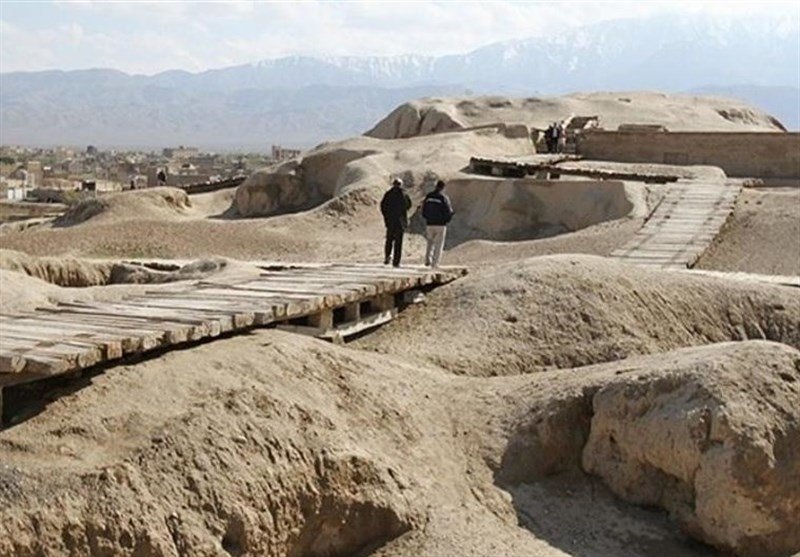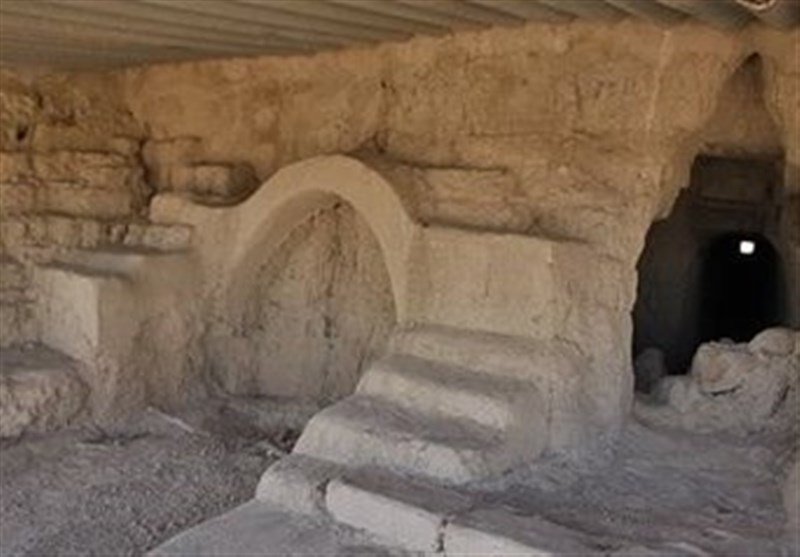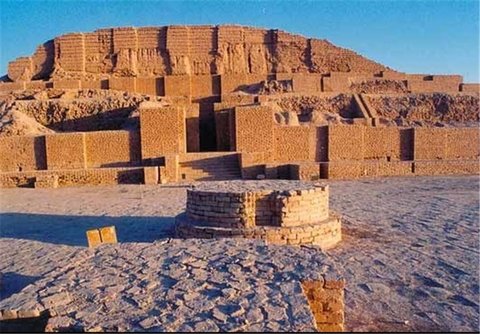Excavations on the northern mound, dating back to 7,500 years, indicate that they were abandoned 6,100 years ago, while the southern hillock was still inhabited.
The fourth ziggurat of Iran has also been discovered in the excavations. This ziggurat was built approximately 5,000-4,250 years ago. The cemeteries, which date back to 3,500 and 3,000 years ago, belong to the Median era.
This site is one of the few human settlements belonging to 7,500 years ago. The burial ceremonies in this ancient city are different from other ancient cities in Iran. Many of the items found in Sialk were excavated from the necropolis, irantravelingcenter.com reported.
Sialk is one of four ziggurats built by the Elamite civilization. The other three are: Choqa Zanbil (1,250 BCE), Susa ziggurat (1,800 BCE), and Haft Teppeh (1,375 BCE), all in Khuzestan.

Teppe Sialk (Sialk Moundl) was first excavated by a team of European archeologists headed by French Archeologist Roman Ghirshman in the 1930s. But like the thousands of other ancient items, the treasures excavated here eventually found their way to museums of Europe, America and private collectors.
The Sialk ziggurat has three floors. The ziggurat itself was built in 2,900 BCE.
Sialk, and the entire area around it, is thought to have first originated as a result of the pristine large water sources nearby that still run today. Soleymanieh Spring has been bringing water to this area from nearby mountains for thousands of years.


Source: Iran-Daily


Your Comment